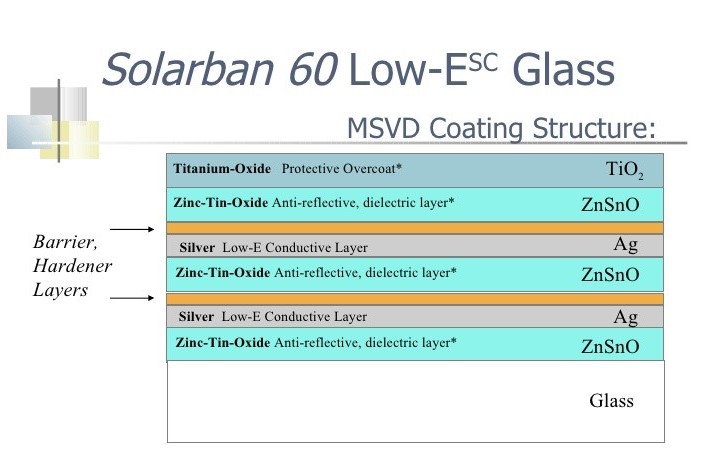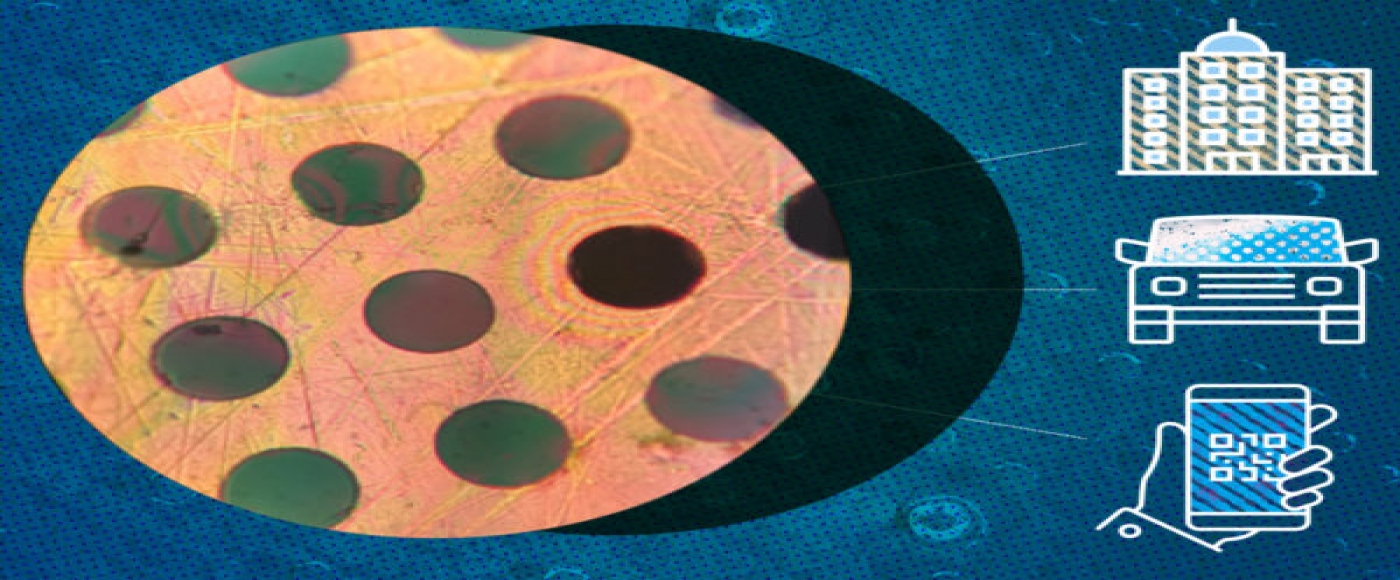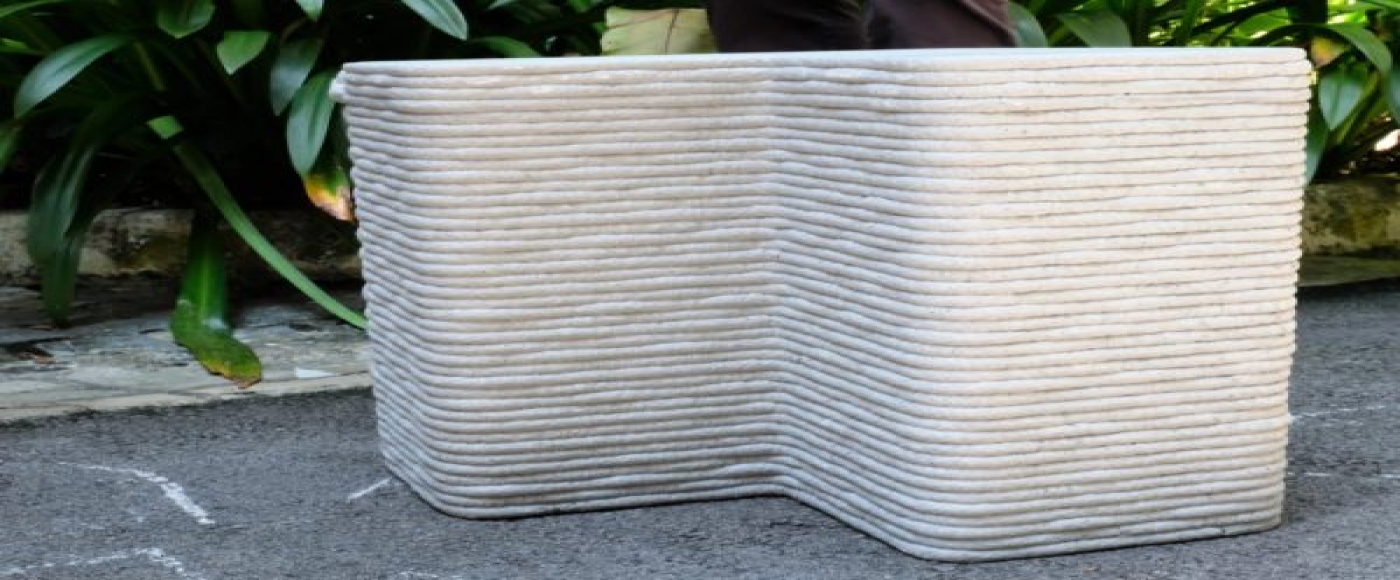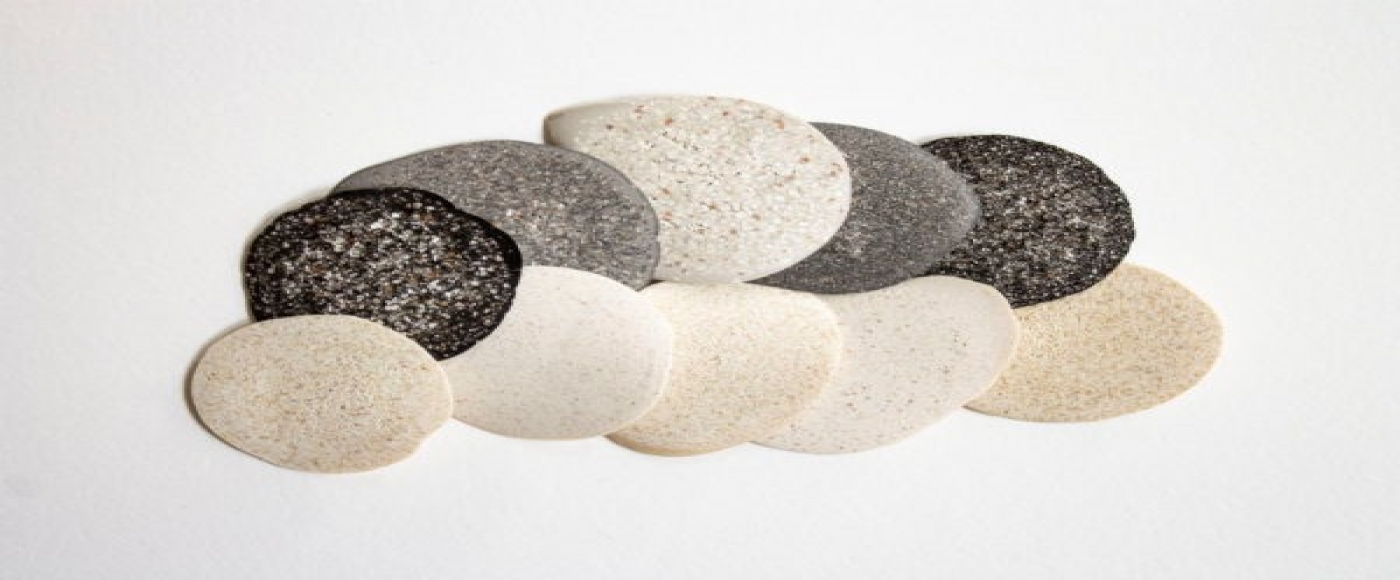Low - E glass: Things to know
Low E glass or low emissivity glass, is a type of glass coated on the surface of a special compound that helps the glass have the properties of slow heat emission, reduce dispersion, absorb heat slowly and slow down the process of transmitting heat but still ensuring brightness in the room.
Low E glass or low emissivity glass, is a type of glass coated on the surface of a special compound that helps the glass have the properties of slow heat emission, reduce dispersion, absorb heat slowly and slow down the process of transmitting heat but still ensuring brightness in the room.
.jpg)
(Source: Internet)
This keeps your room warm in the winter and cool in the summer, minimizing costs for keeping the heat in the room while retaining the brightness and aesthetics.
.jpg)
(Source: Internet)
Today, we will be looking at the pros and cons of low E glasses, to ensure that you have the most complete information and comprehensive view of this product.
What is Low-E Glass?
Classify:
- Low-E hard coated glass
- Low-E tempered glass with heat control
- Low-E soft coated glass
- Low-E soft coated glass for heat control
How it works:
Approximately 10-50% of a house's energy loss occurs through windows and doors, of which 90% of energy lost through windows is due to glass loss.
.jpg)
(Source: Internet)
In 1975, the first low emissivity glass solution was brought to the market in an attempt to change this.
The emissivity of a given surface is based on the amount of energy it emits at specific wavelengths, with thermal energy often centered.
Materials are given numerical thermal emissivity values from 0 to 1, with a perfect reflector with an emissivity of 0 and a perfect absorbent with an emissivity of 1.
Metals, such as Silver and Aluminium, have a heat emission of <0.05, while transparent glass has a heat emissivity of about 0.9. This means that standard glass with its heat emission is 0.9, allowing 90% of thermal energy to pass through it, reflecting the remaining 10%. Obviously, the window glass needs some improvement in the reflection of heat back into the home.
.png)
(Source: Internet)
Basically, Low E glass is a standard transparent glass with a transparent coating on its surface that is better at reflecting heat than ordinary glass.
Therefore, low-E glass makes your home warmer by reflecting a higher rate of heat into your home and can keep you cooler by reflecting solar heat from the outside.
Soft coating is a method of coating the glass with a special compound with good thermal control properties, with the electrolyte technology in vacuum (soft coating). As the process of processing glass, people coat the surface of the heat-controlled compound glass, the soft-coated Low-E glass product is two or more layers of overlap on the glass.

(Source: Internet)
Hard coating is a method of coating the surface of the glass with a special selective compound with good heat control properties, with thermal treatment (hard coating) technology. In the process of heating the glass to the melting point or in the manufacturing process, the liquid glass surface of the heat control compound is coated, the finished Low-E glass is hardened as a whole layer.
For the purposes of this article, we will focus on a soft coating, as it has a lower emissivity and is more commonly used in the market.
Advantages:
- Extremely good insulation
- UV protection
- Incorporates other features such as noise cancellation, protection and ease of cleaning
- Reduce energy loss for the home
- Reduced glare from light sources compared to uncoated glass.
- Various colors
Disadvantages:
- Reduce the amount of natural light entering the home
- High price
- For the soft coated glass, the coating surface can easily be scratched, scratched and hardened.
Finally, with the above information, hopefully you will have the right decision when choosing materials for your home.
Others:

AN ‘IMPOSSIBLE’ 2D MATERIAL STRONGER THAN STEEL

REPLACING SAND WITH GLASS WASTE IN CONCRETE 3D PRINTING

CERAMICS MADE OF EGGSHELLS
Vietnam’s Hospitality Real Estate – Time to rebuild

HoSkar Night - Networking Redefined



